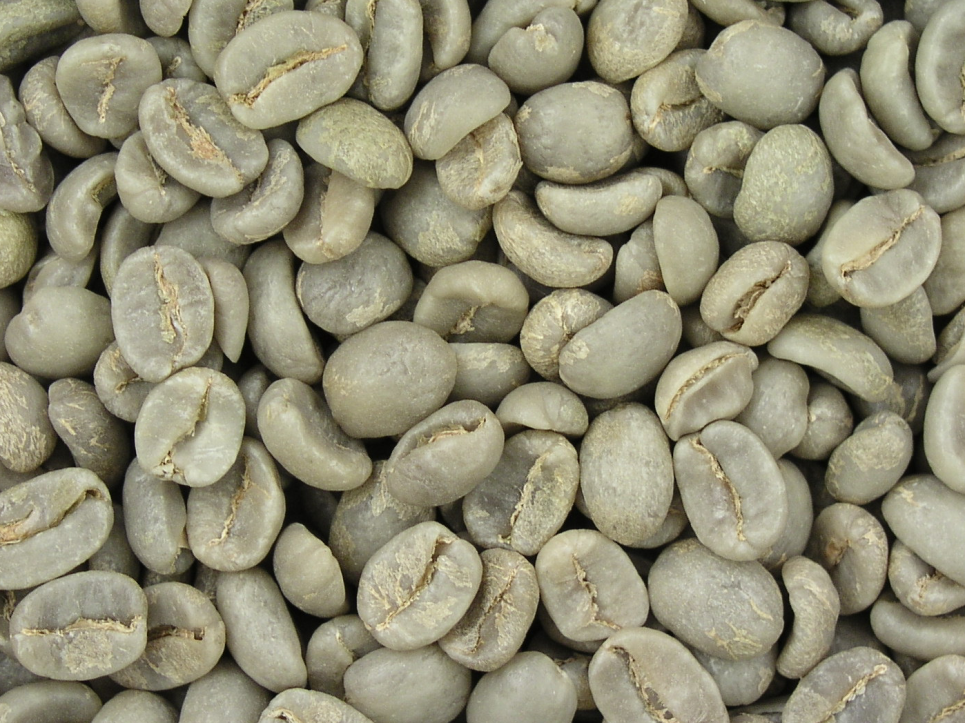Last updated: August 28, 2019
Article
Mexican War Food

Pixabay/JalynBryce (Public Domain)
“An army, like a serpent, goes upon its belly.” ~ Frederick the Great
Frederick understood the importance of feeding troops. As can be expected, the U.S. Army ration has seen many changes since the U.S.-Mexican War. The one thing that has remained the same is the fact that soldiers will complain about and if necessary, supplement their field rations.
According to the U.S. Army website, the MRE is “the main operational food ration for the United States Armed Forces.” It goes on to detail the general contents of the MRE to include “an entree, such as spaghetti or beef stew, side dish, cracker or bread, peanut butter, jelly, or cheese spread, cookies or pound cakes, candy, Gatorade-like mixes, cocoa, dairy shakes, coffee, tea, hot sauce or seasoning - in some MREs, flameless ration heater, and accessories - spoon, matches, creamer, sugar, salt, chewing gum, toilet paper, etc.”

Christopherlin/Public Domain
How do U.S. soldiers get through hours of drill, long marches, and combat during the U.S-Mexican War? Well they definitely did not have MREs packed in their haversacks. The ration used throughout the Mexican War was established by Congress in 1838. This ration provided soldiers with 20 ounces of beef, 18 ounces of flour, 2.4 ounces of dried beans, 1.92 ounces of sugar, .64 ounces of salt, .96 ounces of green coffee, and small amounts of vinegar, candles, and soap.

Wikimedia Commons/ Dan Bollinger
Taking a Closer Look
The foundation for the Mexican War ration used during goes back to 1802. There was a change in 1838 to eliminate the alcohol allowance and replace it with sugar and coffee. There were six pounds of coffee and twelve pounds of sugar to every one hundred rations, to be issued weekly. That comes out to just under one ounce of coffee per week and 2 ounces of sugar. Soldiers would have to roast the green coffee beans, grind them up, and then brew the grounds.
The Mexican War ration allowed for 20 oz. of beef (dried) and/or ¾ of a pound of pork (salt pork). The protein and fat provided by this ration staple gave soldiers energy and the sodium helped them maintain essential minerals and nutrients. The daily allowance 18 oz. of bread or flour also provided energy in the form of carbohydrates.
U.S. soldiers were also issued some seasoning with their rations. They were allotted two quarts of salt and four quarts of vinegar for every hundred rations—or about half and ounce of salt and a little over an ounce of vinegar. However, according to some accounts, often times soldiers were “fortunate enough” to have as much vinegar as they wanted.
There weren’t just edible items found in the daily ration. U.S. troops were handed four pounds of soap and one pound and a half of candles to every hundred rations. That comes out to a little over half and ounce of soap and a quarter of an ounce of candle.
Making Do
During the war, some soldiers took opportunities to supplement their diet while others prepared their meals in less than favorable conditions. On the voyage to Mexico, one soldier commented, “We had a fine treat to-day for dinner. The captain of the Greys had the good fortune to capture a young shark. It was very acceptably served up in the form of chowder.”1
Another went on to say, “We finished our breakfast on some of Mr. Mason's mouldy [sic] crackers and old fat pork, having no cooking utensils on shore to cook anything. Some made their coffee in their tin-cups, others were compelled to wash the pork down with bad water.”2
As can be expected officers fared better than the enlisted ranks. Captain Robert Anderson had the pleasure to have “breakfasted with Capt. Myers, and a friend or two at a cafe—fried fish, venison steak, eggs, buckwheat cakes, fried bananas, and coffee, all neatly served and well cooked.”3
A Unifier
Food has a way of connecting us to each other or to a certain experience. Sometimes the memories are positive, sometime they are not. Perhaps in the years following the war, U.S.-Mexican War veterans found themselves sharing stories their food experiences with fellow veterans. Much like the veterans that came before them did and those that came after continue to do so.
- Scibner, Benjamin Franklin. A Campaign in Mexico by One Who Was Thar. Philadelphia: James Gihon, 1850.
- Oswandel, Jacob J. Notes of the Mexican War 1846-47-48. Philadelphia, 1885.
- Anderson, Robert. An Artillery Officer in the Mexican War. New York: The Knickerbocker Press, 1911.
